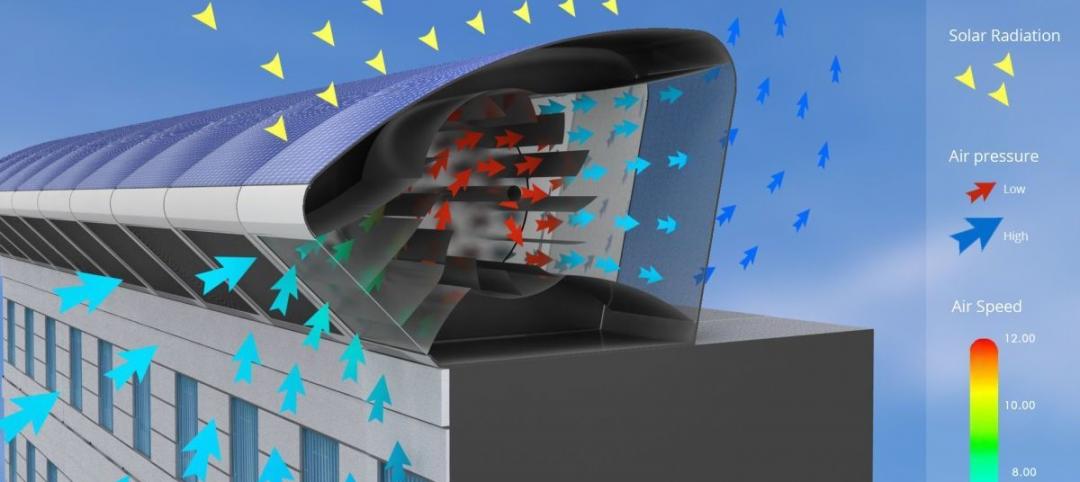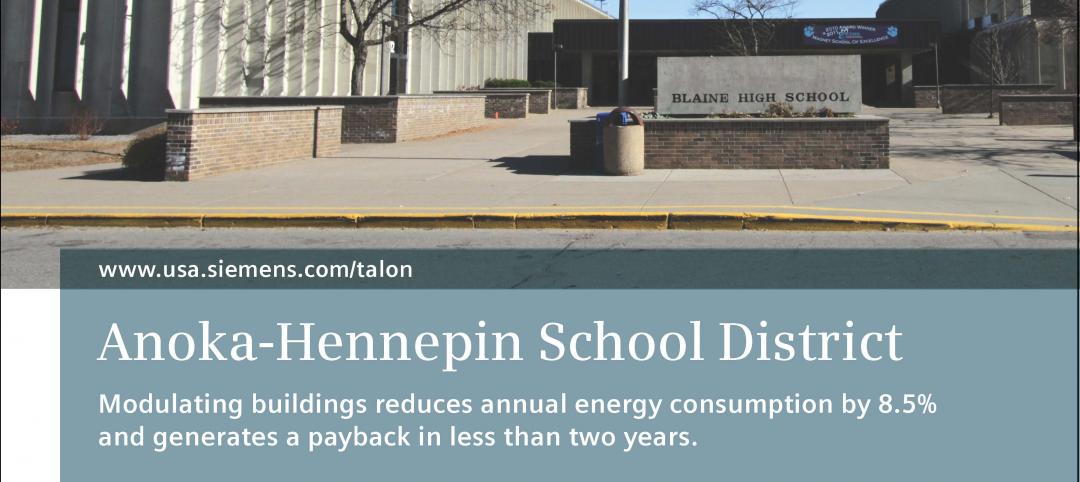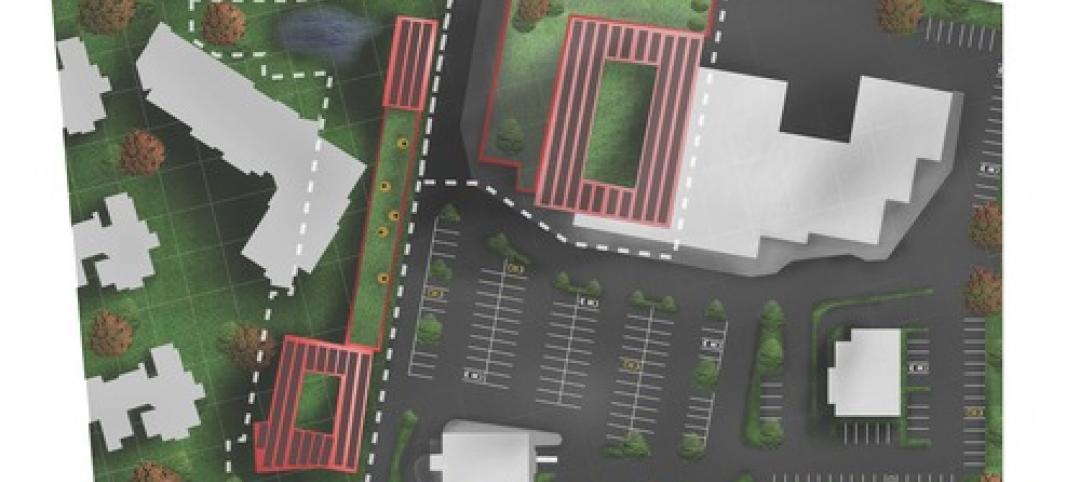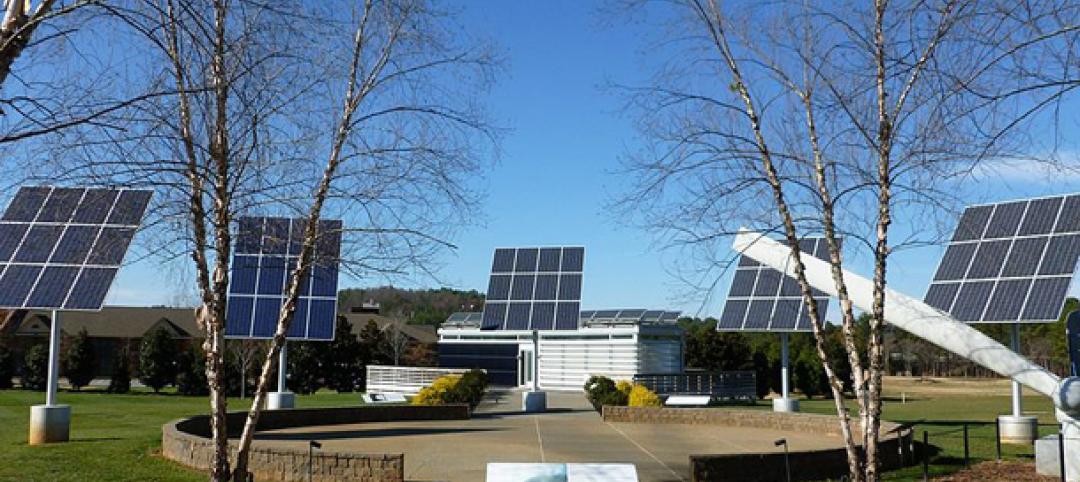Renewable energy is among the top emerging technologies being considered by data center owners to help address power and cooling costs, according to a Mortenson survey of corporate data center executives, data center developers and operators, and information technology providers at the 2014 Data Center World conference.
More than eight in 10 survey respondents (84%) feel that there is a need to consider renewable forms of energy, such as wind and solar, to manage future needs.
Energy is by far the biggest cost for data centers, making power and cooling considerations the most important drivers in determining location, design, and construction of facilities. In fact, the top item data center operators say they would most like to change about their facilities is greater energy efficiency. Nearly half of survey participants also believe a better power usage effectiveness (PUE) rating is achievable through improved technologies.
“Worldwide data usage continues to grow, which requires more infrastructure and power to support it, so it’s vital that we leverage innovation to help balance energy demand and supply,” said Scott Ganske, Director of Operations for Mortenson's Mission Critical Group. “There are a number of promising technologies that will drive energy efficiency forward in the next few years; and renewable energy increasingly makes economic as well as environmental sense for the energy supply chain. With costs dropping and operating efficiency rising, we believe renewables are rightly attracting interest from data center operators.”
The cost of producing wind has decreased 58% and solar power by 40% in the past five years, and costs continue to fall, making renewables more cost-competitive with traditional fuel sources in many markets.
At the same time, availability is steadily improving. Wind farms, for example, generate power 50% of the time now, up from 35% in 2007. Several leading technology firms in the U.S. are already investing in power purchase agreements (PPA) with wind energy producers to lock-in energy costs over the long term. Mortenson has built several of the wind farms, located in Illinois, Iowa, and Texas, that are a part of those PPA deals.
The Mortenson survey also covers such issues as:
• Current and future use of data center information management (DCIM)
• Leasing vs. owning facilities
• Growth expectations
• LEED trends
Read the full survey here.
Related Stories
Brick and Masonry | Feb 5, 2015
3D-printed 'cool brick' may provide cooling solution for arid locations
Cool Brick is made of porous ceramic bricks set in mortar. The bricks absorb water, which cools the air as it passes through the unit.
Green | Feb 4, 2015
Illinois leads top 10 states for LEED green building
Collectively, 1,662 commercial and institutional projects became LEED certified within the top 10 states in 2014, representing 251.7 million sf of real estate.
Sponsored | Metals | Jan 30, 2015
Want greater energy savings? The answer is right above you
A recent study finds that metal roofs can cut energy costs.
Energy Efficiency | Jan 28, 2015
An urban wind and solar energy system that may actually work
The system was designed to take advantage of a building's air flow and generate energy even if its in the middle of a city.
Sponsored | Energy Efficiency | Jan 23, 2015
Rapid payback and reduced consumption with modulating buildings
| Jan 21, 2015
Tesla Motors starts construction on $5 billion battery plant in Nevada
Tesla Motors’ “gigafactory,” a $5 billion project on 980 acres in Sparks, Nev., could annually produce enough power for 500,000 electric cars.
| Jan 14, 2015
Winners of the 2014 Architecture at Zero competition announced
The competition challenged design teams to create zero-net-energy buildings for the Jack London Gateway project site in Oakland, Calif.
| Jan 7, 2015
Department of Energy seeks public input on definition for zero-energy buildings
A broadly accepted market definition of zero-energy buildings is foundational to efforts by governments, utilities, or private entities to recognize or incentivize zero energy buildings.
Smart Buildings | Jan 7, 2015
NIBS report: Small commercial buildings offer huge energy efficiency retrofit opportunities
The report identifies several barriers to investment in such retrofits, such as the costs and complexity associated with relatively small loan sizes, and issues many small-building owners have in understanding and trusting predicted retrofit outcomes.
| Dec 28, 2014
Using energy modeling to increase project value [AIA course]
This course, worth 1.0 AIA LU/HSW, explores how to increase project value through energy modeling, as well as how to conduct quick payback and net present value studies to identify which energy strategies are most viable for the project.

















